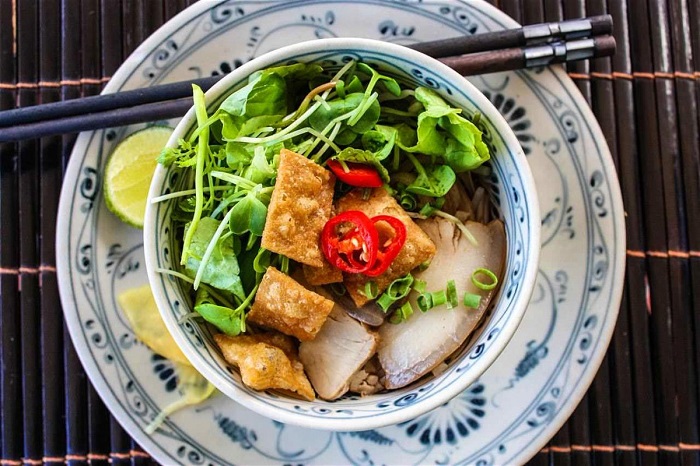
Finding Authentic Cao Lau: A Culinary Gem in Hoi An
- on May 26, 2025 By: Phuong Mai NGUYEN
Hoi An, often referred to as the city of a thousand lanterns, is a UNESCO World Heritage Site and one of Vietnam's top tourist attractions. Although there are more visitors than residents, the ancient town remains meticulously preserved and well-organized. Known for its distinctive yellow buildings and vibrant lanterns, it once served as a significant commercial port and a bustling hub for international trade. It is against this backdrop that the culinary dish "Cao Lau," which combines various culinary influences, was created.
History of the famous Cao Lau
Cao Lau is a traditional noodle dish originating from Hoi An, a historic city in the Quang Nam province of central Vietnam. This dish is thought to have its roots in Japanese noodles, with its method and recipe tracing back over a century. Among the most famous attractions in Hoi An, which also reflects Japanese cultural influence, is the stunning Japanese covered bridge. This bridge uniquely combines a Buddhist pagoda and a walkway, earning it the names Pagoda Bridge or “Chua Cau” in Vietnamese.
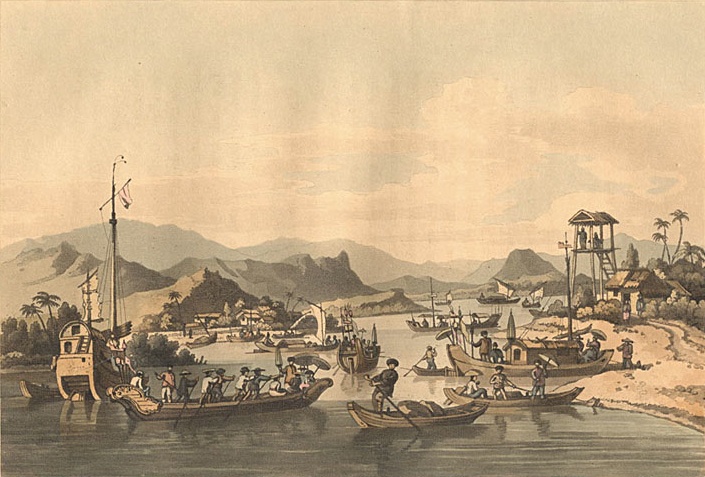
The name “Cao Lau” sparks intrigue among many visitors to Hoi An Ancient Town, both local and international. Some suggest that this Vietnamese delicacy's name reflects the habits of merchants who once flocked to Hoi An seeking fortune. According to this interpretation, these merchants often chose to dine upstairs in restaurants, observing the activity below, which inspired the dish's name. This leads us to analyze the name's meaning: "Cao" signifies "high" or "upper," while "Lau" translates to "story." Thus, “Cao Lau” conveys the idea of "to dine/to take upstairs."
A culinary highlight of the city, Cao Lau noodles are a distinctive yellow-noodle dish served with shrimp, pork, and fresh raw vegetables. The dish is typically topped with a generous portion of fresh vegetables alongside the pork. Crispy squares of fried pork skin or dried noodles add crunchiness on top, along with some bean sprouts. Unlike many other Vietnamese noodle soups, Cao Lau is presented in a bowl with only a small amount of broth.

Cao Lau and the secret ingredient
Cao Lau might seem simple and easy to prepare, but have you ever wondered why this dish is not made anywhere else in Vietnam? Even if you find a version elsewhere, it just doesn't taste the same as those you enjoy in Hoi An. According to locals, the unique flavor and texture of the noodles come from using water from an ancient well in Cham village, which is essential for achieving the perfect softness and tenderness. The myth surrounding its preparation and the fact that this delicious noodle dish embodies the essence of Hoi An have contributed to its fame, making it one of the best dishes in town. Over the years, Cao Lau's charm has remained undiminished.

In search of authentic Cao Lau in Hoi An
In Hoi An, you will find dozens of noodle vendors in crowded markets or street restaurants. You can hear them shouting “Cao Lau, Cao Lau” to attract customers. And if you go to restaurants, you will catch Cao Lau on every menu, whether you're in the ancient town or on the suburban streets. Some restaurants' Cao Lau may lack certain ingredients or not use well water. Since visitors don't know the difference, vendors can be cheeky. But if you have a local friend, they will be able to point out the differences in taste and texture!
How to find authentic Cao Lau? The fact that authentic Cao Lau takes a lot of time and effort to cook means that even locals don't try to cook the dish at home; most eat it outside. So, if you don't mind the environment, authentic Cao Lau can be purchased from street vendors who only serve Cao Lau or/and a few options of local dishes. Do not expect authentic Cao Lau from tourist restaurants along the river. Instead, try your luck by asking locals for advice.
Addresses to enjoy authentic Cao Lau in Hoi An
The ideal way to enjoy Cao Lau is to sit on the second floor of a restaurant, as many merchants and traders did centuries ago. Eating the same food, savoring the same taste, and admiring the same river as they did is a really interesting experience. But you have to choose carefully a restaurant that offers reasonable prices and authentic Cao Lau. The price is usually cheap, about 2 dollars a bowl. You can eat this dish at any time of the day.
To taste scrumptious Cao Lau, here are some of the best restaurants in Hoi An:
Hai Restaurant
Address: 6A Truong Minh Luong Street, Hoi An
Opening: From 11 a.m. until sold out
Mai Fish Restaurant
Address: 45 Nguyen Thi Minh Khai Street, Hoi An
Opening: 11 a.m.- 10 p.m
Ms Ly Café
Address: 22 Nguyen Hue Street, Hoi An
Opening: 10 a.m.- 10 p.m
Cao Lau Madam Thanh Restaurant
Address: 26 Thai Phien Street, Hoi An
Opening: 7 a.m.- 7p.m
Cao Lau Madame Lien
Address: 16 Thai Phien Street, Hoi An
Opening: 1 p.m.- 10 p.m
Hope you enjoy Cao Lau and have a great experience in Hoi An.
Related articles:
>> Com ga Hoi An, chicken rice: a new geotourism experience
 Español
Español Français
Français







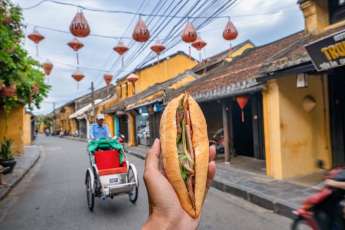
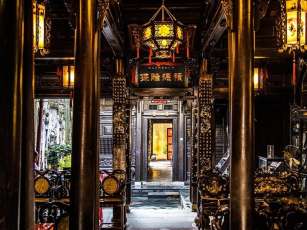


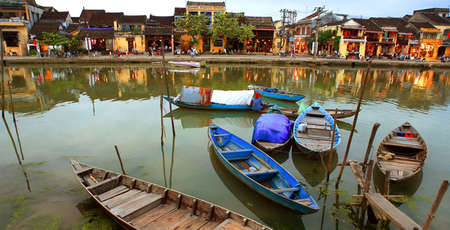
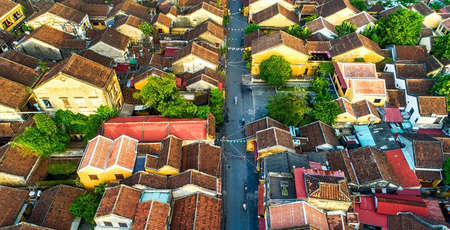







HerbertPhomaMS
on Oct 19, 2025Lilyan Cuttler
on Oct 15, 2025Avenue17XC
on Sep 14, 2025Avenue18JL
on Jul 21, 2025Judi Haigh-Smith
on Jun 29, 2025